With the signing into law of the 2005 Base Realignment and Closure Act by President George W. Bush on Nov. 9, 2005, the landscape of Fort Lee would forever be changed.
The installation is expected to double in size in terms of personnel and infrastructure from what it was at the time of the BRAC announcement.
As of Sept. 17, Fort Lee's estimated population was over 14,000 students and personnel (not including family members). Once the BRAC transition is complete in 2011, Fort Lee should have more than 22,000 students and personnel, and nearly 11,000 military family members. Leading the expansion efforts is the Army Corps of Engineers' Norfolk District which is overseeing the more than $1.9 billion in facility construction occurring on the installation.
Under BRAC 05, Fort Lee is becoming the central location for sustainment training and doctrine, which includes the Transportation Center and School moving from Fort Eustis, Va.; the Ordnance Center and School moving from Aberdeen Proving Ground, Md., and Redstone Arsenal in Huntsville, Ala.; and the Quartermaster Center and School which is already located at Fort Lee. To accommodate these schools and commands the Corps is constructing the $50 million Sustainment Center of Excellence, or SCoE headquarters building, which will be the central location for the Sustainment commanders and staff, and serve as the administrative building for all joint centers of training located on Fort Lee.
The SCoE will streamline the Ordnance Corps by co-locating all ordnance classes and assets under the new Ordnance Center and School. Under the OC&S, the two brigades will become one and training departments will be consolidated, thus resulting in more efficient training for Soldiers.
By 2011, the OC&S will resemble a college campus sitting on 380 acres.
The campus, already referred to as Fort Lee North, will be home to more than 4,500 students and instructors daily. Comprised of five barracks, ten training bays and the largest dining facility in the Army, the complex will require 2.5 million square feet of training facilities with a total cost of more than $700 million. Highlights include a 272,000-square-foot tactical support equipment department, 75,000-square-foot dining facility and a state-of-the art medical facility.
Under BRAC 05, the Army Logistics Management College on Fort Lee will be transitioning to become the Army Logistics University. ALU will include the School of Systems and Acquisition Management as well as the School of Logistics Science, Like OC&S, ALU will resemble a college campus with more than 100 classrooms, a 404,000-square-foot university, 67,000-square -foot simulation center and the ability to train 2,000 students daily. Occupying 46 acres and costing an estimated $136 million, the university will continue its mission of training military members across the Army and from 63 different foreign countries.
With the addition of the SCoE and ALU, the Corps of Engineers is constructing new training areas on the installation. These will include driving courses, with different surface types for tracked and wheeled vehicles, as well as munitions storage and other training facilities.
Fort Lee is also becoming the site for the Joint Culinary Center of Excellence. The installation already trains Army and Marine Corps culinary students who now will be joined by Air Force students coming from Lackland Air Force Base, as well as Navy students coming from Great Lakes Training Center. In order to fill the requirements, current plans call for additional classroom and administrative space to be incorporated into the current culinary training facilities. These additional classrooms will provide training space for the increased student load and any unique requirements, i.e., a galley training area for the Navy students. New construction will include a new dining facility and barracks to house the new students. An additional culinary field training area will also be constructed for the Air Force students in close proximity to the current Army and Marine culinary field training sites.
Also, as a result of BRAC 05, The estimated $23-million Soldier Support Center will replace the existing Soldier-One-Stop Facility currently being used to process Fort Lee personnel. The Soldier Support Center will have almost 84,000 square feet of enclosed space on two floors. The building will include an auditorium, five large classrooms, administrative office space for over 220 Civilian employees, and other supporting spaces. The spaces within the building will be grouped into three main areas; those required to serve groups of students and trainees, those required to support permanent party personnel and Civilian employees, and those administrative functions necessary to support operations in the previous two areas. The center will process 72,000 troops per year in Advanced Individual Training programs. This is triple the number of troops processed in the current Soldier-One-Stop building. In addition, the center will process an additional 11,700 Soldiers, Civilian employees, and contractor employees per year.
As a result of BRAC 05, the Defense Commissary Agency is consolidating some of its elements at Fort Lee. While Fort Lee is currently home to the DeCA headquarters, under BRAC 05, the consolidation will relocate three regional offices to DeCA headquarters at Fort Lee. The Corps will be constructing a 75,000-square-foot addition to DeCA's headquarters building to house the additional 250 DeCA employees who will relocate to the area.
DeCA isn't the only agency that will be increasing its presence on Fort Lee. Under BRAC, the Defense Contract Management Agency, along with its 631 employees and contractors, will relocate to building 10500 which is being remodeled for DCMA from its current leased office space in Alexandria, Va.
With all the construction for additional personnel, the Corps' Norfolk District is also constructing 12 more barracks, along with three new dining facilities, which will house and have the capability to service over 8,000 residents.
The BRAC expansion on Fort Lee will have a significant economic impact on the surrounding community of Petersburg, Va. With the influx of more than 13,000 additional employees, contractors, students and their families, the estimated economic impact is estimated to be approximately $1.7 billion.
<i>(Patrick Bloodgood serves with the USACE Norfolk District Public Affairs Office and Matthew Montgomery with the Fort Lee Public Affairs Office. This is the third article in a series on the Army's extensive military construction program and how it affects installations. For more information on MILCON, see the March issue of Soldiers magazine.)</i>
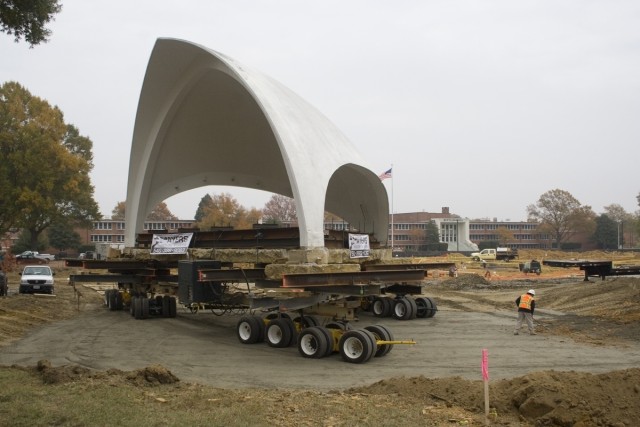
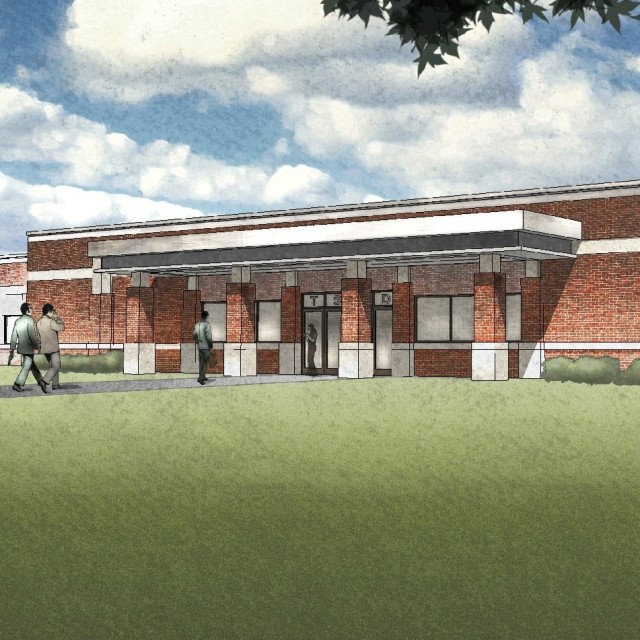
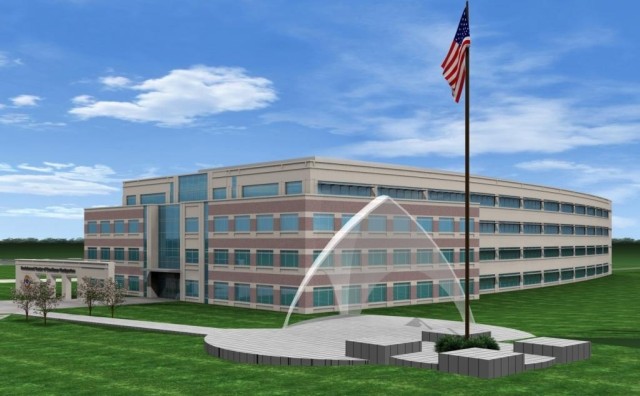
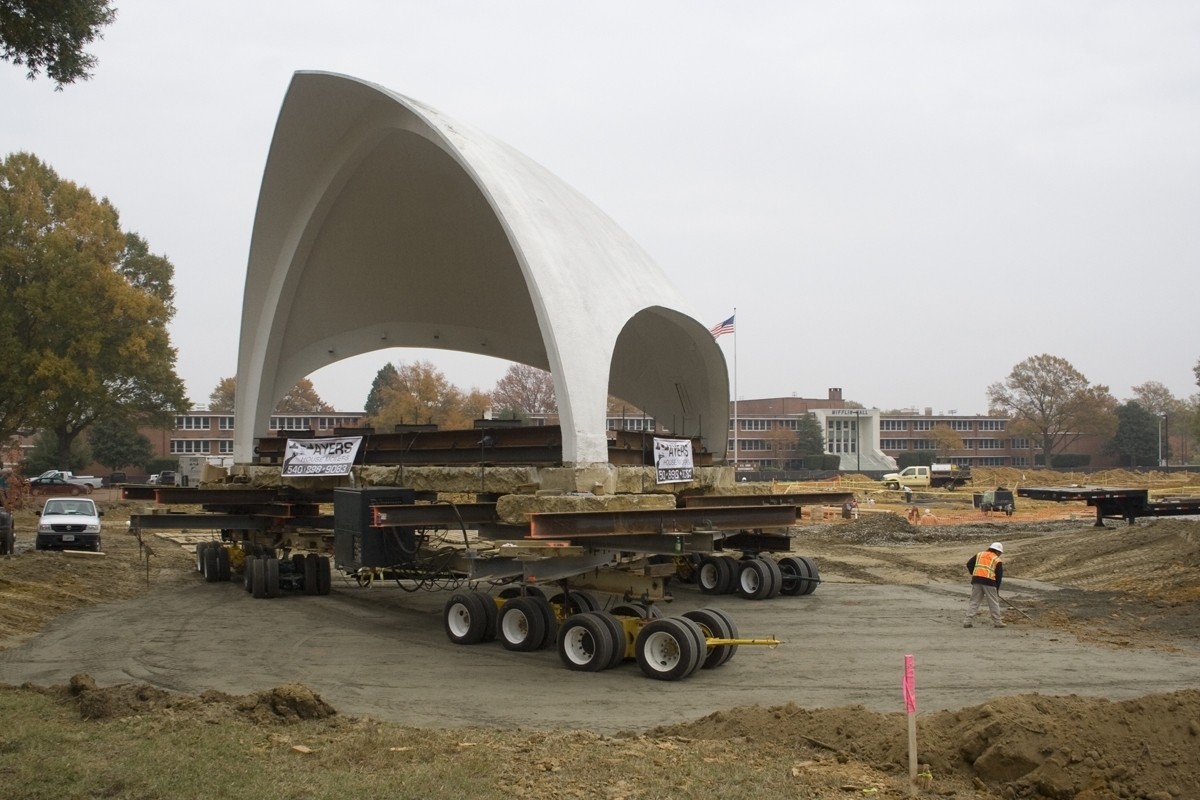
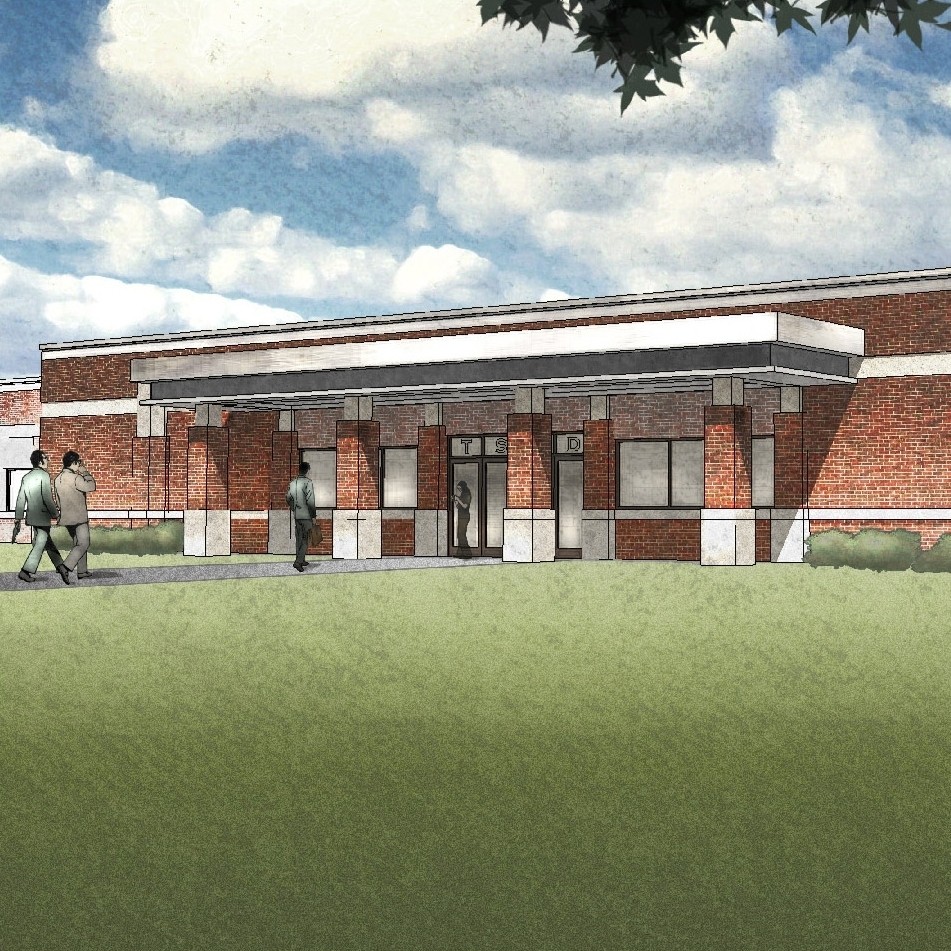
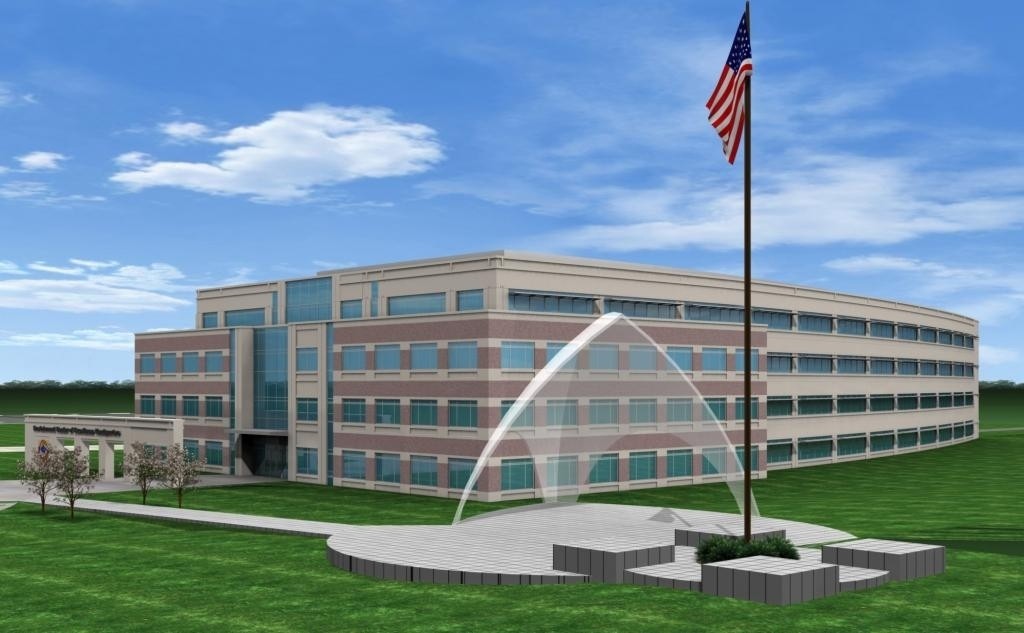
Social Sharing